Photosensitization:
There are certain reactions that are not sensitive to light. These reactions are made sensitive to light by adding a foreign substance known as photosensitizer.
Definition- The process in which a foreign substance is added to a reaction mixture which helps to start the photochemical reaction without undergoing any change in itself is called photosensitization. The foreign substance added is called photosensitizer.
The atoms of foreign substances absorb the radiation and transfer it to the reacting molecule and thereby initiate the reaction.
Examples of Photosensitized Reactions:
(a) Dissociation of H2 molecule in the presence of Hg vapor: Dissociation of hydrogen gas is brought about by using Hg as the photosensitizer. The mixture of hydrogen gas and mercury vapor is irradiated with light of wavelength 253.7 nm bringing about the dissociation of hydrogen molecules into hydrogen atoms.

(b) Photosynthesis of carbohydrates in plants: In photosynthesis of carbohydrates in plants from CO2 and H2O green coloring pigment chlorophyll act as a photosensitizer. Chlorophyll absorbs the radiation in the wavelength range of 400-700 nm. The energy absorbed by chlorophyll is transferred to CO2 and H2O molecules which then react to form carbohydrates.

(c) Photography: A photographic plate coated with gelatin and AgBr is sensitive only to the blue-violet part of the light, but it can be made sensitive even to green, yellow, or orange light by the addition of suitable dyes. Here dyes act as photosensitizers.
(d) Decomposition of oxalic acid to form CO2, CO and H2O:

In this reaction, uranyl ion act as photosensitizers.

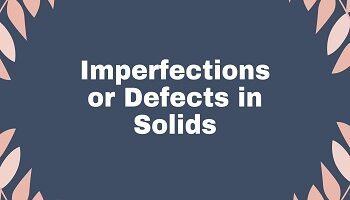


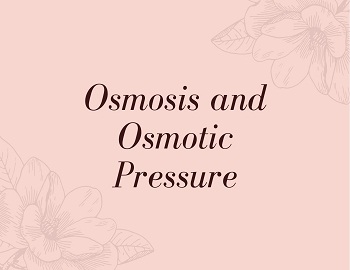
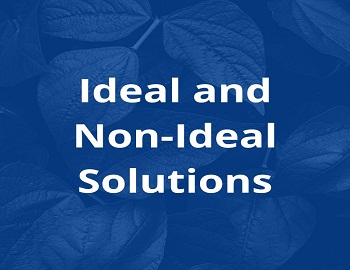
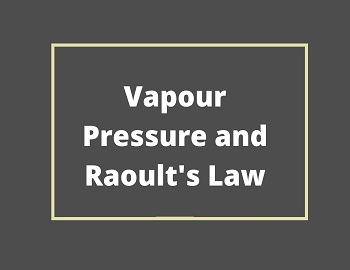

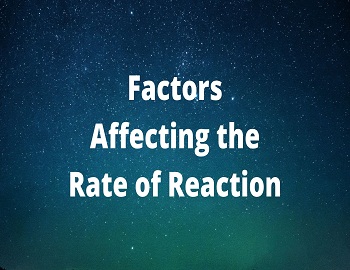
Comments (No)